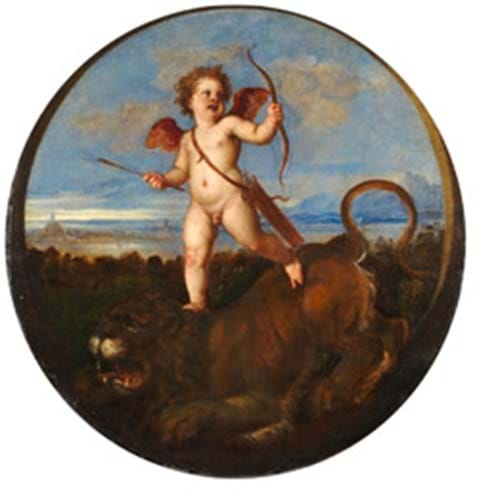
But meanwhile, another Titian has now been saved for the nation after being acquired from a different private source in part in lieu of tax.
The tondo painting Triumph of Love, depicting Cupid taming a lion, will be on display at the National Gallery from July 21 to September 20 before heading to its new permanent home, Oxford's Ashmolean Museum, which will re-open in November 2009 following a £61m redevelopment project.
The painting settled a £619,856 tax bill for the anonymous owner with the Ashmolean paying another £430,144, of which £180,000 was donated by The Art Fund (with a contribution from the Wolfson Foundation).
The price of just over £1m may not seem expensive for a Titian (indeed the Duke of Sutherland's camp believed their two pictures were each worth £150m on the open market), but Triumph of Love is a work that has undergone extensive restoration and had long-standing questions as to its attribution.
When last exhibited publicly at the Royal Academy in 1960, the painting's grimy and over-painted appearance raised doubts as to its authorship.
Subject to careful conservation, cleaning and scientific examination at The National Gallery, it has since revealed an under-drawing. The National Gallery believes that this confirms the painting's high quality and has recently declared it as an autograph work.
It says the spontaneity, creative brushwork and freshness of the modelling of the figure of Cupid in the under-drawing all testify to its being by Titian and not by a pupil or follower.
The painting, dating from the mid 1540s, was made for Titian's friend and patron, Gabriel Vendramin (1484-1552). Triumph of Love had a specific function as a timpano or cover, which would have been placed over another painting, for reasons of decorum.
In Vendramin's collection, it acted as the cover for a portrait of a noblewoman dressed in black, also by Titian and as yet unidentified.
By Alex Capon




